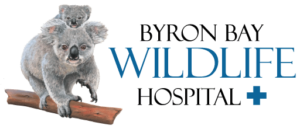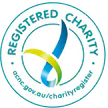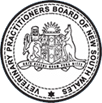
Photo: Peter Frare
Australia has some of the world’s most unique and diverse wildlife. Among approximately 2.16 million described animal species from a total world species population of 8.7 million, it is estimated that Australia has a total animal species population of 570,000. Kangaroos, emus, platypuses, echidnas, cockatoos, kookaburras, koalas, wombats, dolphins, whales, snakes, lizards, and eagles are among the most iconic species inhabiting Australia. Along with hundreds of thousands of other wonderfully unique native animals, they are part of our environment, our culture, and our identity.
Australia’s native animals are facing crisis
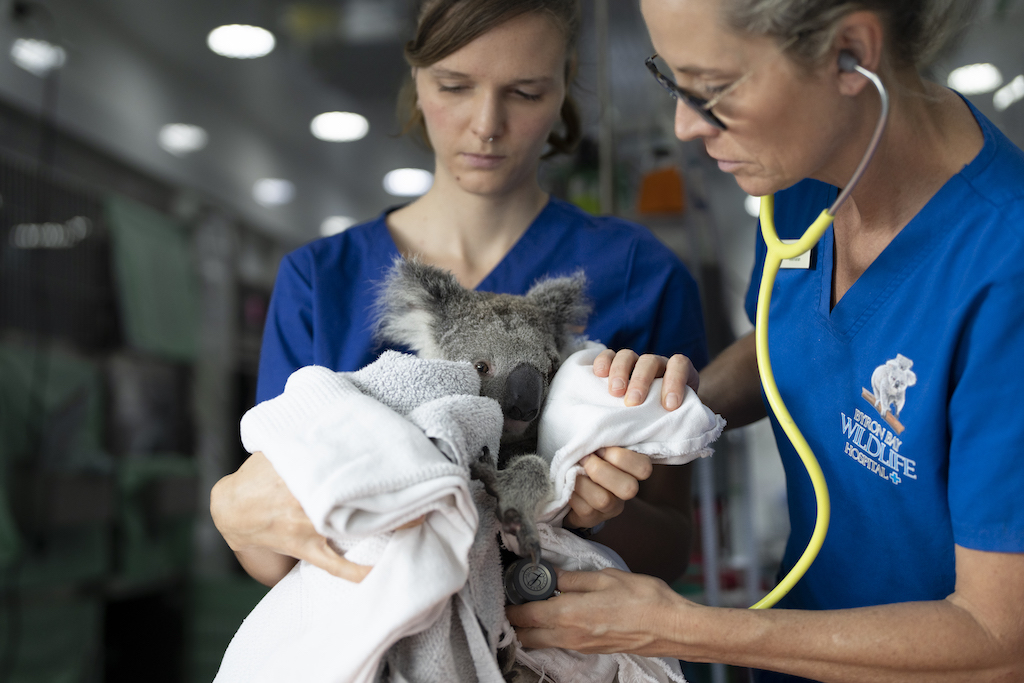
Photo: Craig Parry Photography
- We have the highest rate of mammal extinction in the world.
- 144 animals, plants and ecological communities were added to the national list of threatened species in Australia in 2023, five times more than the yearly average.
- Every category of Australia’s non-urban environment has deteriorated since 2016 according to the latest State of the Environment Report.
- The 2019-20 Black Summer bushfires killed or displaced three billion native animals.
- 7.7 million hectares of habitat for land-based threatened species cleared between 2000 and 2017.
- 46 per cent of threatened vertebrates, 69 per cent of threatened plants and 70 per cent of threatened ecological communities are not monitored at all.
If the state of these natural assets continues to deteriorate, the consequences will be catastrophic and irreversible for Australian biodiversity. It will also extend into industry sectors like tourism and trade which rely heavily on Australia’s biodiversity and healthy eco-systems. We cannot let this happen.
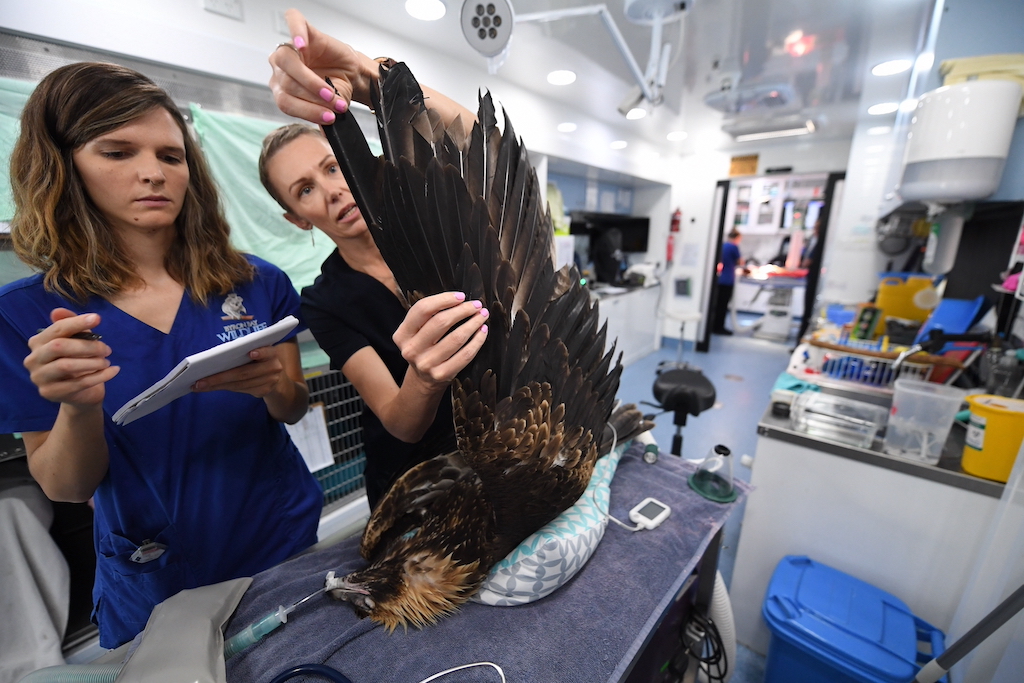
Photo: James D Morgan | Getty Images
We are part of the solution
An independent review of the Biodiversity Conservation Act makes 58 recommendations of changes that need to be made to effectively conserve biodiversity at a state scale. Among these recommendations is that the government consider funding models to support vets, volunteers, wildlife hospitals, and accredited specialist rehabilitation facilities for sick, injured and orphaned wildlife.
Byron Bay Wildlife Hospital provides professional veterinary services to sick, injured, and orphaned wildlife, free of charge. It is also known by the registered business name The Wildlife Hospital. From its base in Northern NSW, it has treated approximately 6000 patients since opening its doors in October 2020. It is the only all-species wildlife hospital operating in NSW apart from Taronga Wildlife Hospitals in Sydney and Dubbo.
Australia’s only Mobile Wildlife Hospital
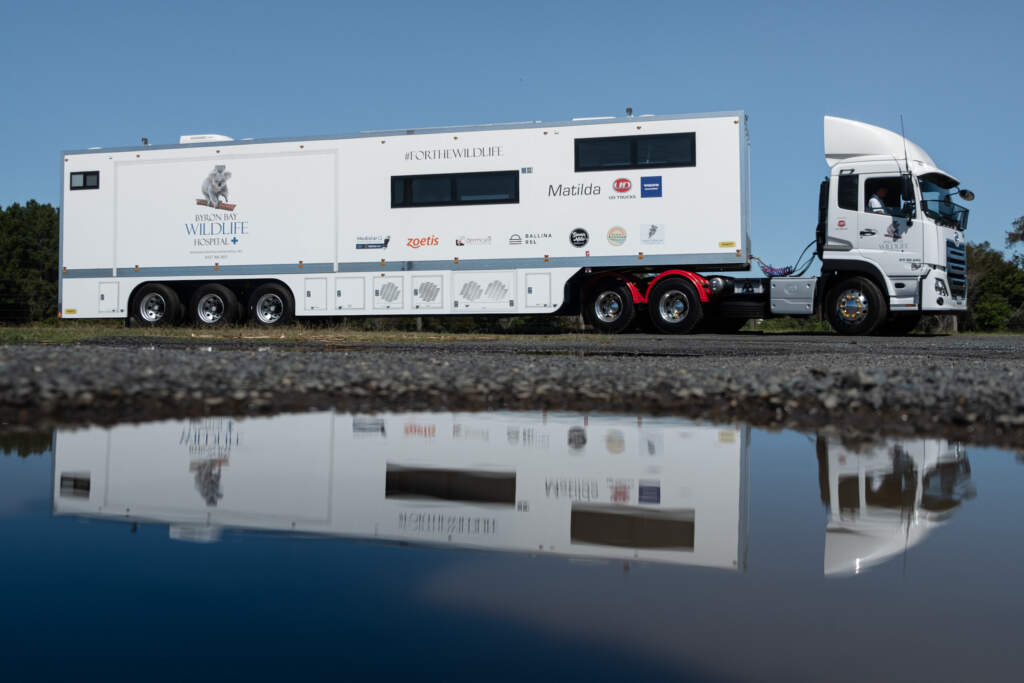
Affectionately known as ‘Matilda’ through a public naming competition, it is also the only mobile wildlife hospital in Australia, with unique capacity to go to the site of a natural disaster like a bushfire, flood, or mass disease outbreak to help wildlife. With deep cell batteries, onboard water, satellite communications, solar panels and a fully equipped and staffed veterinary hospital, it is the only one of its kind in Australia, and possibly the world.
Is it a licensed Veterinary Hospital?

Byron Bay Wildlife Hospital is licensed by the Veterinary Practitioners Board of NSW. Equipped with state-of-the-art equipment, the Veterinary Hospital operates inside a custom-built, semi-trailer. Apart from being built on 22 wheels, it has and does everything a bricks-and-mortar veterinary hospital does. The Wildlife Hospital employs 2 full-time veterinarians (Foundation Vet Dr Bree Talbot and Associate Vet Dr Chantal Whitten), two full-time vet nurses, a team of part-time vets and nurses and four administrative staff members. Our services are provided free of charge, 7 days a week, 52 weeks a year.
How is The Wildlife Hospital funded?
Byron Bay Wildlife Hospital is a registered charity with Deductible-Gift Recipient (DGR-1) status. It is funded through philanthropy, sponsorship, donations, and the sale of merchandise. The Wildlife Hospital currently receives no government funding and continues to advocate for Australian governments to contribute to funding expert wildlife care.
Where is The Wildlife Hospital located?

Based at the nature-based tourism attraction Byron Bay Wildlife Sanctuary in the biodiversity hotspot of the North Coast of New South Wales, Byron Bay Wildlife Hospital is the only all-species wildlife hospital outside of Taronga Wildlife Hospitals in Sydney and Dubbo.
Who can bring native animals to The Wildlife Hospital?
Members of the public and licensed wildlife rescuers, carers and rehabilitators can bring native animals in their care to Byron Bay Wildlife Hospital seven days a week. We do not charge for our services because native animals are the legal property of the Crown (the government) in Australia.
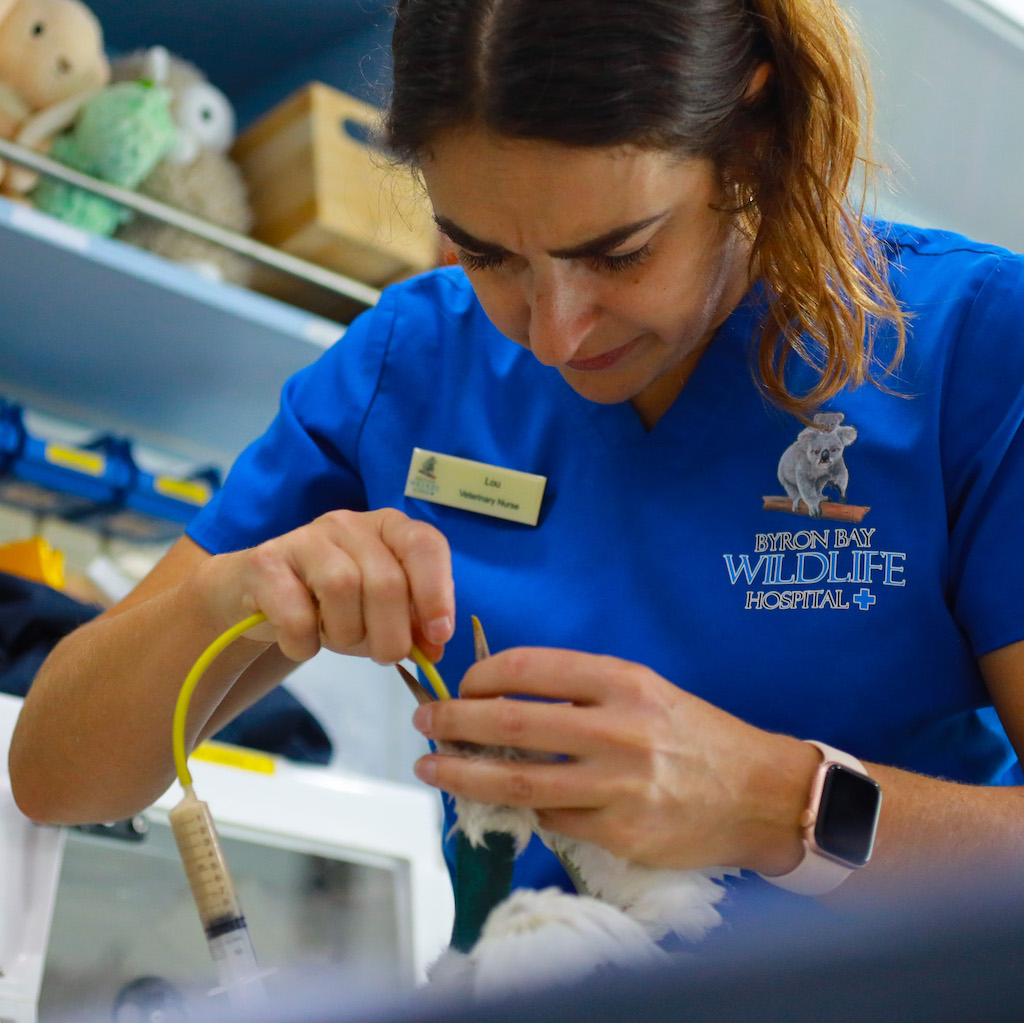
How many wildlife patients does The Wildlife Hospital treat?
During busy periods (spring, summer and after extreme weather events) The Wildlife Hospital admits over 100 patients per week. The Wildlife Hospital saw 2677 patients in 2023, a 70% increase in annual patient numbers.
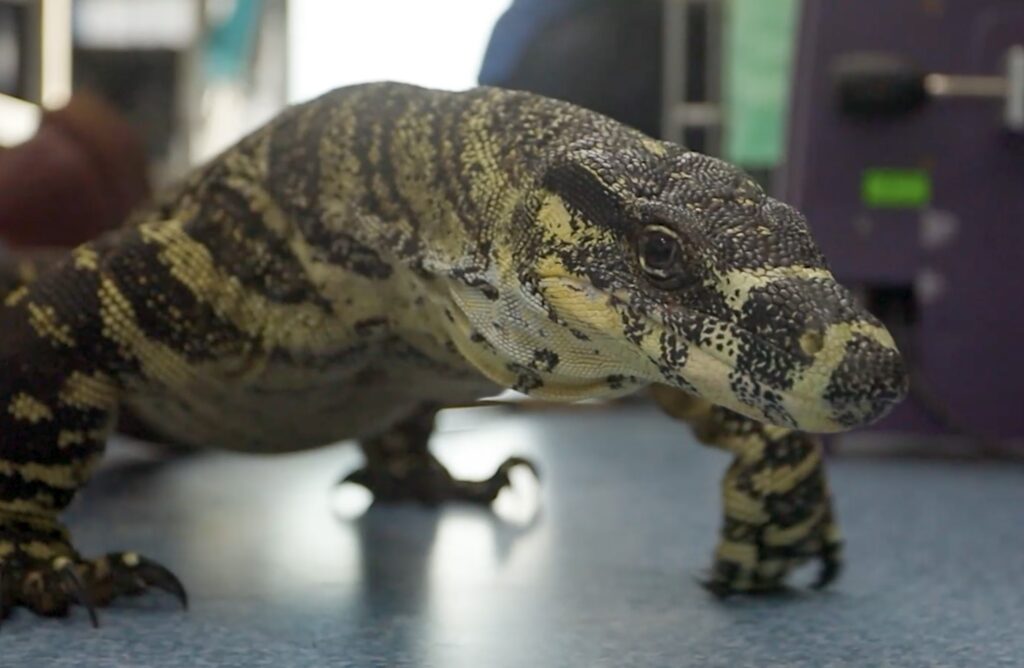
What kind of native animals does The Wildlife Hospital treat?
Kangaroos, wallabies, bandicoots, flying foxes, koalas, turtles, eagles, frogs, snakes, lizards, kookaburras, cockatoos and hundreds of species of birds, reptiles, mammals, and amphibians are among the many wildlife patients our veterinary team treat every day.
What are the most common reasons wildlife patients are admitted to The Wildlife Hospital?
Most patients are admitted having been hit by car, experienced trauma or become orphaned. Through expert care from veterinarians and vet nurses with skills, knowledge and experience in the physiology and anatomy of native animals, over a third are returned to care or released into the wild with a new chance of survival. Without our veterinary treatment and that of the carers we work with, these animals would not survive.
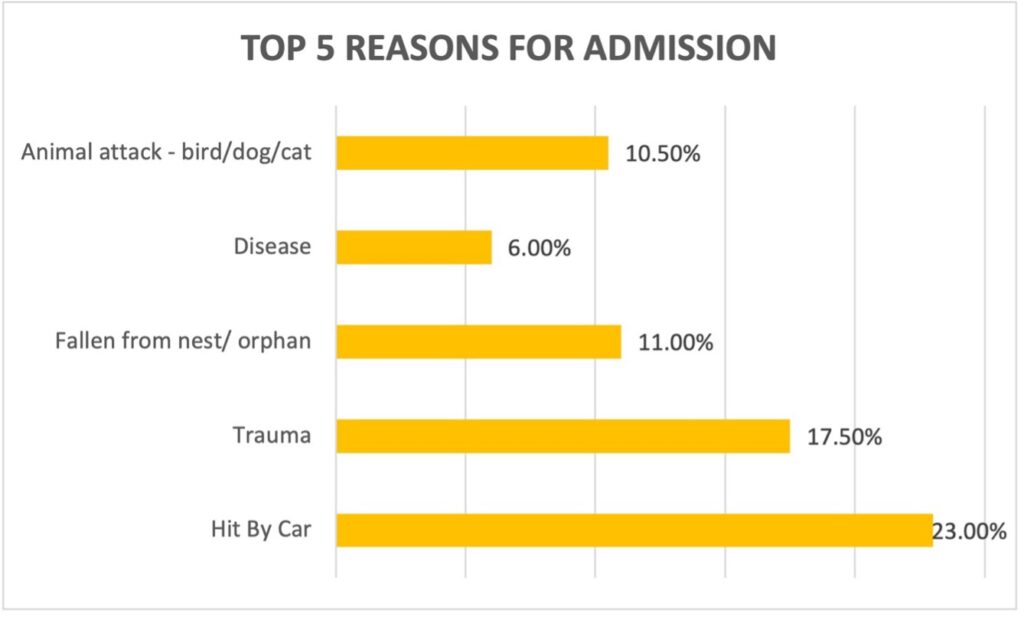
Do the animals survive?
Sadly, some patients pass away during care, or are euthanised. A decision to euthanise is never made lightly, but it is a vital and humane service to prevent unnecessary suffering of a sick or injured animal. We are proud that since we commenced operations, over 42% of all our patients have been returned to professional carers for rehabilitation or are released into the wild with a new chance of survival. Without our veterinary treatment and that of the carers we work with, these animals would not survive.
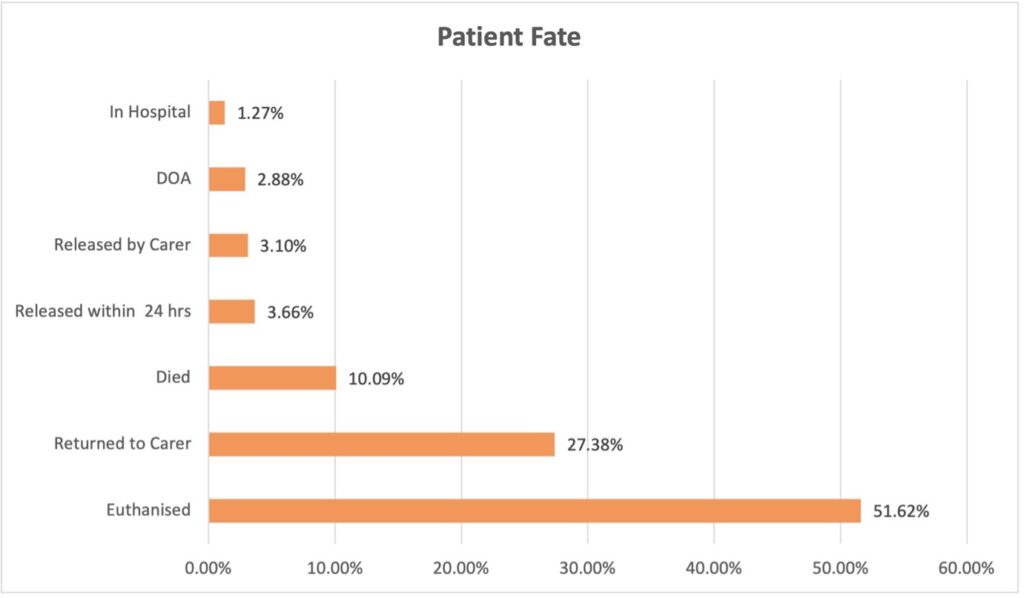
How does the Wildlife Hospital benefit the community?
The work of wildlife hospitals and the wildlife care sector helps to protect biodiversity and see threatened species on track to be released into the wild. It has social benefits too, by providing expert advice, support and empathy to wildlife carers who undertake emotionally and psychologically draining work voluntarily. The Wildlife Hospital gives the community an incentive to stop and help sick, injured and orphaned wildlife they may encounter in their backyard, in their community, or on our roads. Bringing a native animal in need to receive care from vets who understand the physiology and anatomy of a wide variety of native animals can save its life.

Climate change is threatening native animals and ecological communities, exposing them to catastrophic events like fire, flood, and road trauma. This has a social impact as well, with more people being traumatized by images of distressed wildlife. More funding support for The Wildlife Hospital is needed to help us treat and save the lives of more native animals in need.
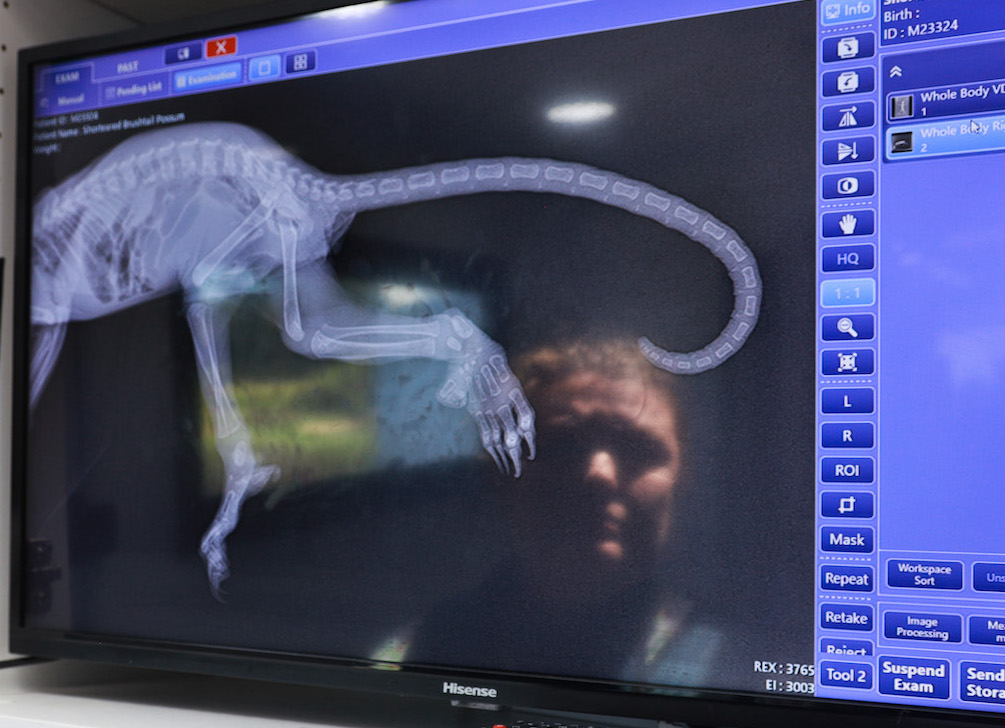
Does the Wildlife Hospital Research Diseases?
BBWH is one of the 11 sentinel veterinary clinics in Wildlife Health Australia’s national disease surveillance program. This makes it part of a national network keeping an eye out for sick wildlife with important diseases like High Pathogenicity Avian Influenza (Bird Flu) that could impact wildlife, livestock, and human health.
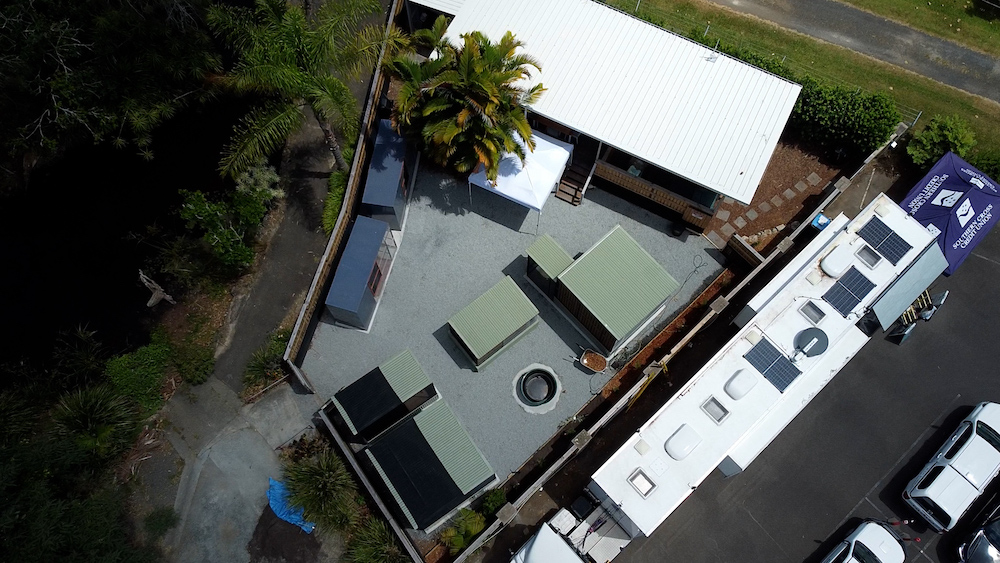
What other facilities does the Wildlife Hospital have?
In late 2024, we opened new facilities to extend its capacity to recover and rehabilitate sick, injured and orphaned wildlife for return to the wild.
A 450 square metre Wildlife Recovery Area features large enclosures for birds, mammals, reptiles and amphibians. Read more.

In 2024, Byron Bay Wildlife Hospital will open the Byron Bay Raptor Centre, a one-of-a-kind facility for the rehabilitation of sick and injured birds of prey. A complex of large circular aviaries allows all sizes of raptors including Wedge-tailed eagles to build muscle strength after injury by enabling them the space to fly in circular patterns. You can see the build in progress here.
How does The Wildlife Hospital benefit the economy?
Byron Bay Wildlife Hospital commissioned an independent economic impact of the organisation’s operations in 2021/22. This report showed that Byron Bay Wildlife Hospital generates $4.3 million in direct, indirect and consumption-related outputs for the state of NSW, and supports 19 jobs. Read more about the economic impact of our wildlife care.
Who owns Australia’s native animals?
The Biodiversity Conservation Act states that NSW’s wildlife is the property of and protected by the Crown. Similar legislation applies in other Australian states and territories. The Prevention of Cruelty to Animals Act 1979 stipulates that if someone has a protected animal in their care, they are responsible for seeking veterinary treatment, and they must present it to a veterinarian or a licensed wildlife rehabilitation group. Despite this, there is an expectation that volunteers and veterinarians donate their services without compensation. We believe it is reasonable the Government contributes directly to the cost of providing professional medical care to animals under their legal protection.
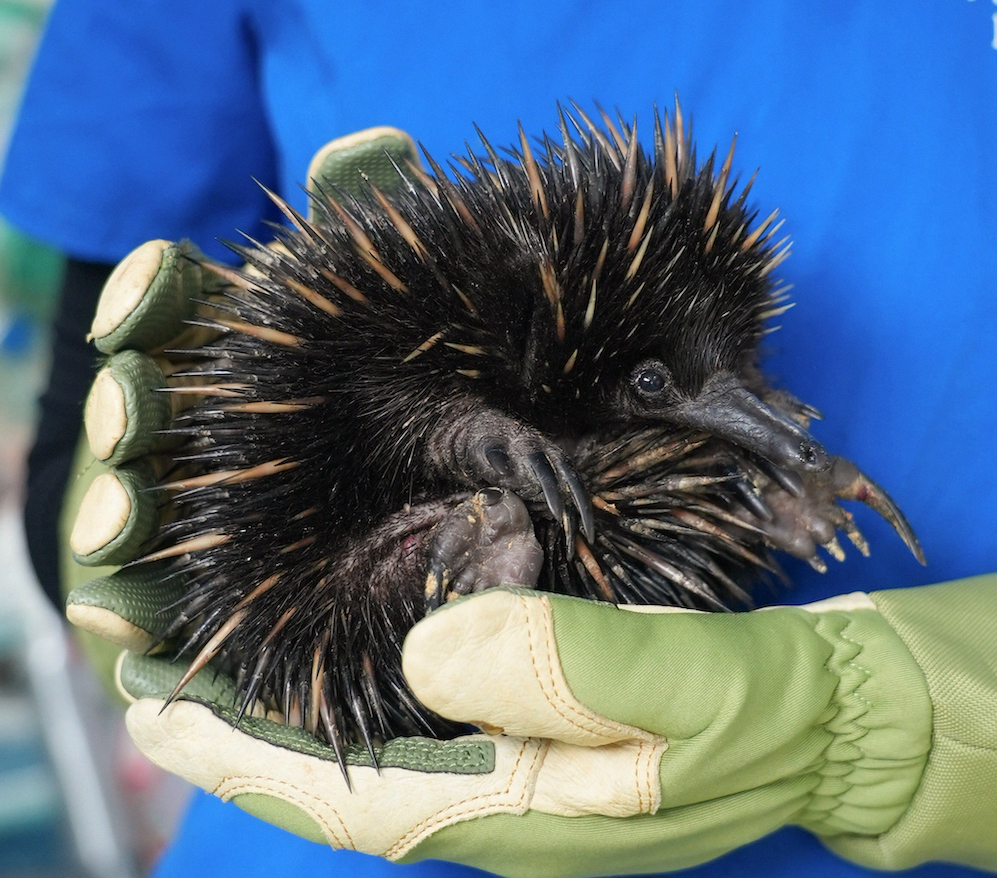
Who owns Byron Bay Wildlife Hospital?
Byron Bay Wildlife Hospital is a registered business of Wildlife Recovery Australia Ltd (WRA) a national organisation specialised in owning and operating wildlife hospitals, rehabilitation centres and specialist sanctuaries. WRA is chaired by former Secretary to the Treasury, economist, public policy expert and passionate wildlife conservationist Dr Ken Henry AC. The current Directors are Deputy Chair Mr Karl Cope Dr Alex Hynes, Dr Larry Vogelnest, Dr Stephen Van Mil and Mr Matthew Curtis. Learn more about our team.
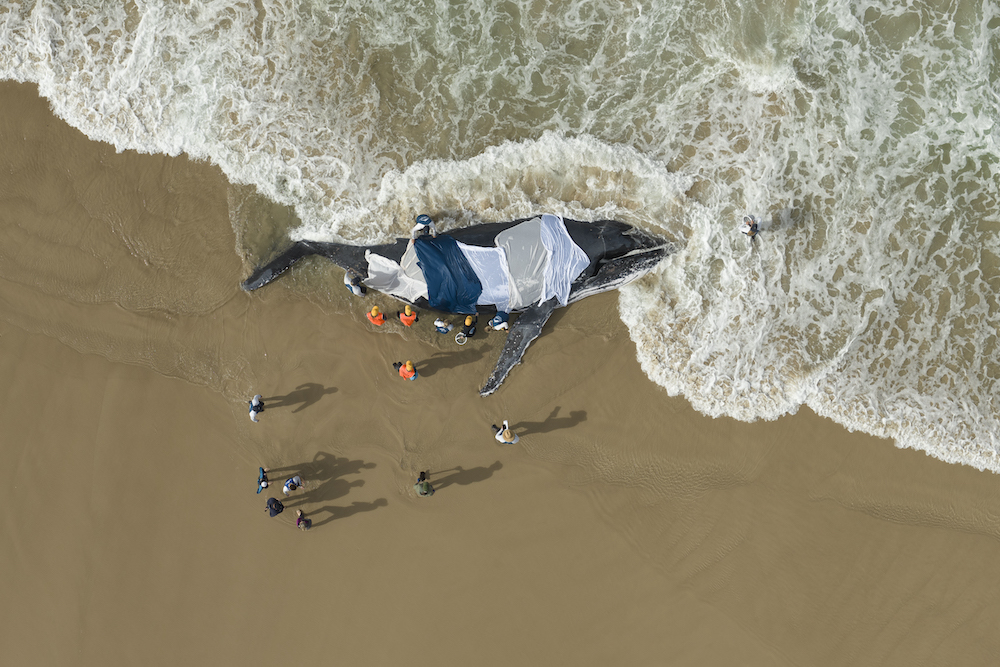
Other WRA businesses include Raptor Recovery Australia (RRA), Ocean Warriors Australia (OWA) and Byron Bay Wildlife Sanctuary (BBWS), WRA’s national headquarters. The Wildlife Sanctuary is a wildlife-themed visitor attraction situated on 2.7 hectares (6 acres) of land. It is accessibly located in Nyangbul Country, a part of the Bundjalung nation, in the hinterland of the Australian coastal towns of Byron Bay and Ballina in North Coast New South Wales. Featuring an animal park, a licensed café, conference space, and retail offerings, it offers interactions with Australian wildlife and educational programs for visitors and locals of all ages. BBWS operates as a not-for-profit registered charity governed by its own Board.
How can you help The Wildlife Hospital?
It costs us more than $1.5 million a year to operate a fully equipped, licensed and staffed wildlife hospital seven days a week. We rely on donations, sponsorship, philanthropy, volunteering and grants to keep doing this critical work for sick, injured and orphaned wildlife, including threatened species. We do not receive any government funding. You can help us by making a tax-deductible donation, volunteering or signing our petition.
